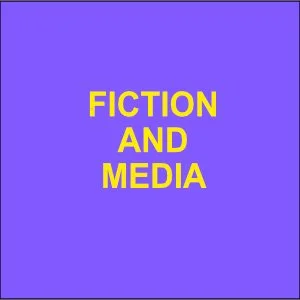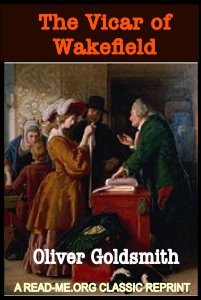By Daphne Du Maurier.
Many of Daphne dimario's novels are set in Cornwall probably because she had made her home in the area and her writing seems to have absorbed so much of the atmosphere of that land of mystery and dark deeds. From Chapter 1: “It was a cold grey day in late November. The weather had changed overnight, when a backing wind brought a granite sky and a mizzling rain with it, and although it was now only a little after two o’clock in the afternoon the pallor of a winter evening seemed to have closed upon the hills, cloaking them in mist. It would be dark by four. The air was clammy cold, and for all the tightly closed windows it penetrated the interior of the coach. The leather seats felt damp to the hands, and there must have been a small crack in the roof, because now and again little drips of rain fell softly through, smudging the leather and leaving a dark-blue stain like a splodge of ink. The wind came in gusts, at times shaking the coach as it travelled round the bend of the road, and in the exposed places on the high ground it blew with such force that the whole body of the coach trembled and swayed, rocking between the high wheels like a drunken man….”
U.K. Gollancz. 1936.189p.














